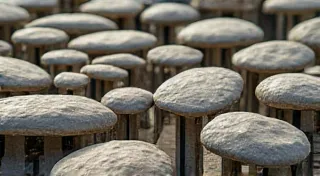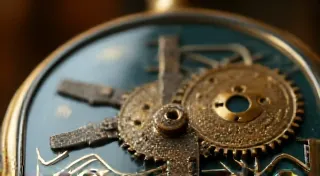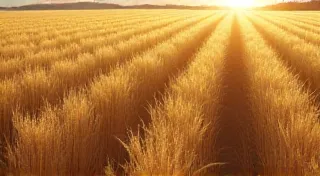The Petrichor Bloom: Letting Go of Perfection in Left-Handed Calligraphy
There's a scent that clings to memory, a visceral echo of childhood summers spent in the English countryside. It's the scent of petrichor - the earthy fragrance released when rain falls on dry ground. It conjures images of damp meadows, ancient stone walls, and the quiet satisfaction of a day well spent. It reminds me, strangely enough, of learning calligraphy as a left-handed child. Both experiences were fraught with frustration, punctuated by moments of unexpected beauty, and ultimately, a hard-won acceptance of imperfection.
My grandfather, a gentle giant of a man with hands calloused from decades of working the land, collected antique accordions. Not as investments, but because he loved their melancholy music, their intricate mechanics, and the stories they seemed to whisper. He's long gone now, but I can still picture him carefully cleaning the bellows of a particularly battered instrument, his touch surprisingly delicate. “They’re not perfect, you know,” he’s say, tracing a cracked veneer with his finger. “But that's what makes them beautiful. Each mark tells a story.” This wisdom, imparted amidst the scent of oiled wood and fading music, has stayed with me, becoming a guiding principle in my own pursuits – particularly in calligraphy.
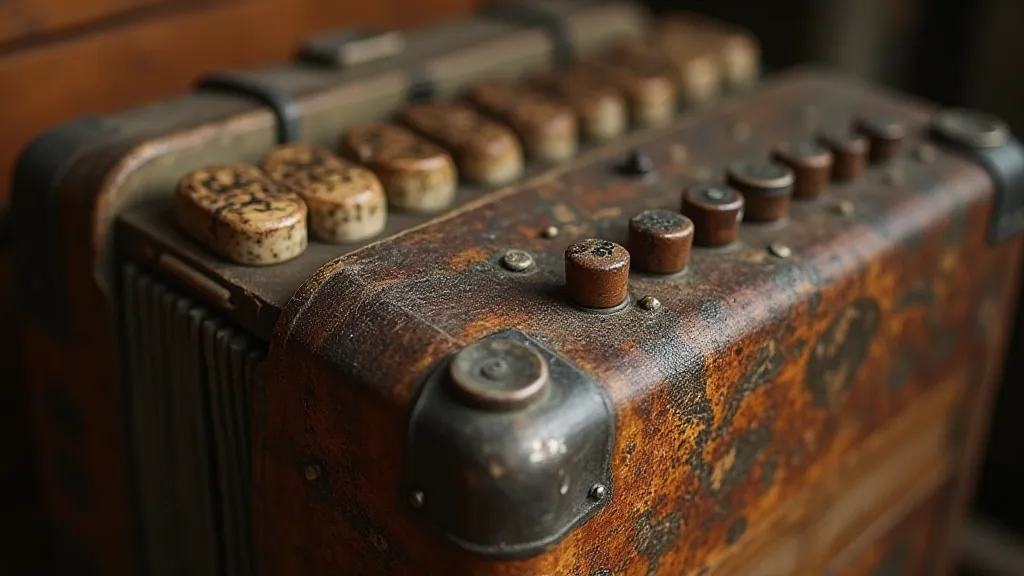
The Left-Handed Calligrapher's Unique Struggle
Growing up left-handed felt like navigating a world built for right-handed people. Scissors, desks, even the angle of a doorknob seemed designed to inconvenience. Calligraphy proved to be no different. The relentless smudging, the awkward hand positioning, the constant struggle to see what I was writing – it was a source of immense frustration. My early attempts looked less like elegant script and more like a chaotic, ink-smeared battlefield.
The traditional advice – hold the pen at a specific angle, apply even pressure, maintain a steady wrist – felt utterly impossible. Every attempt to follow the rules resulted in a blurry, illegible mess. I felt a deep sense of inadequacy, convinced that I simply wasn't capable of mastering this art form. It was my grandmother, ever perceptive, who gently pointed out the obvious: I wasn’t a ‘typical’ calligrapher, and trying to be one was the root of my struggle. She understood that the pressure to conform to right-handed conventions was actively hindering my progress, perpetuating the feeling that I was somehow lacking. The constant battle against ingrained norms felt exhausting, a frustrating cycle of trying to force my natural inclination into a mold that simply wasn’s designed for it.
Finding Your Own Rhythm: Left-Handed Calligraphy Techniques
The shift in perspective was profound. Instead of fighting against my left-handedness, I started to embrace it. I experimented with different pen angles, different paper types, and, crucially, a more relaxed grip. I learned that angling the paper slightly to the left allowed me to see the nib without dragging my hand through the wet ink. A good quality, fast-drying ink became essential – a lesson bought through countless smudged attempts. I discovered that a lighter touch, focusing on the flow of the ink rather than rigid control, yielded far better results.
It’s about understanding *why* traditional techniques are taught, and then adapting them to your individual anatomy and workflow. For left-handed calligraphers, the “smudge zone” is a constant challenge. The angle of attack, the speed of the stroke, even the moisture content of the paper – all play a crucial role. Don't be afraid to fundamentally alter your approach. Finding what works best is a process of iterative experimentation, observation, and patient self-assessment. Many left-handed individuals find the underlying principles of skill acquisition and overcoming perceived limitations fascinating. Exploring common myths about left-handed skill, and dismantling those misconceptions, can be incredibly empowering in this process. You might find valuable insights into overcoming these hurdles by delving deeper into The Azure Labyrinth: Deconstructing the Myths of Left-Handed Skill.
Consider the paper you use. Rougher paper creates more friction, which can help to reduce smudging. Try different nibs – some are designed to lay down ink more quickly, minimizing the window for smearing. And, perhaps most importantly, be forgiving of yourself. Every smudge, every imperfection, is part of the learning process. The feeling of being different, of struggling against the grain, can be difficult to reconcile. Discovering a sense of flow and mastery, despite these challenges, is a journey worth pursuing. Some find that understanding how to consciously enter a flow state is key to unlocking their creative potential – a concept explored in more detail in The Obsidian Bloom: Reclaiming the Flow State in Left-Handed Calligraphy.
The Beauty of Imperfection: Embracing the Quirks
My grandfather's accordions were never pristine. They bore the marks of countless hands, the scars of travel, the subtle imperfections that spoke of a life well-lived. It was this character that made them so captivating, so resonant. Similarly, my calligraphy, once a source of anxiety, now feels more authentic, more *me*.
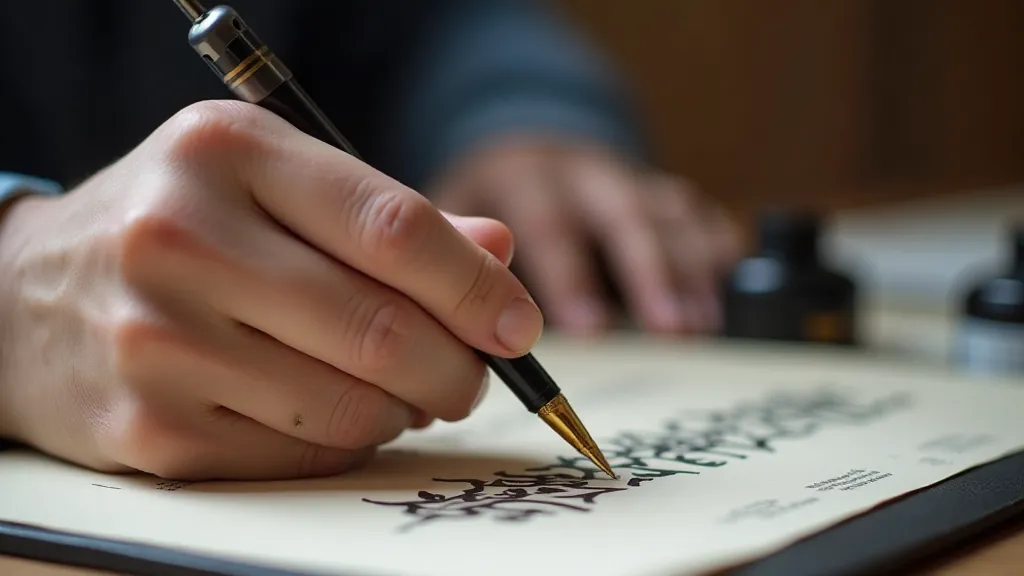
There’s a certain charm in the slightly asymmetrical curves, the occasional ink blot, the subtle variations in line weight that are unique to my hand. These aren't mistakes; they’re signatures. They're evidence of the journey, the effort, the imperfections that make the work uniquely my own. A perfectly uniform stroke is admirable, but a piece infused with personality – with the echoes of the hand that created it – is infinitely more captivating. The incorporation of natural elements, inspired by the environment and the seasons, can also add a layer of depth and meaning to your work, further enhancing the sense of individual expression. Those interested in exploring this avenue might find inspiration in The Verdant Script: Integrating Botanical Elements into Your Left-Handed Calligraphy.
Calligraphy Workshops for Left-Handed Individuals: A Supportive Community
For years, left-handed calligraphers felt isolated, relying on online forums and scattered advice to navigate the unique challenges we face. Recognizing this need, workshops specifically tailored to left-handed techniques are becoming increasingly available. These aren’t just about learning the fundamentals; they’re about creating a supportive community where we can share our experiences, troubleshoot problems, and celebrate our successes.
In these workshops, you’re not just learning how to hold a pen; you’re learning to embrace your left-handedness, to find your own voice, to unlock your creative potential. You’re discovering that you’re not alone in your struggles, and that your imperfections aren’t flaws, but rather the essence of your artistic identity. Many historic calligraphic traditions were lost or fragmented over time. Understanding the rich legacy of calligraphy, and appreciating the unique challenges faced by left-handed practitioners throughout history, can be incredibly insightful – as discussed in more detail in The Amber Archive: Cataloging Lost Calligraphic Traditions – A Left-Handed Perspective.
Restoration and Appreciation: A Legacy of Craftsmanship
Just as antique accordions are treasured for their history and character, calligraphy itself is a craft with a rich and enduring legacy. While complete restoration of an old instrument is often beyond the average enthusiast, basic care – cleaning, lubricating, and carefully replacing worn parts – can preserve it for future generations. Similarly, appreciating the craftsmanship behind calligraphy – the skill of the scribe, the quality of the ink and paper, the artistry of the design – enhances the experience of both creation and appreciation.
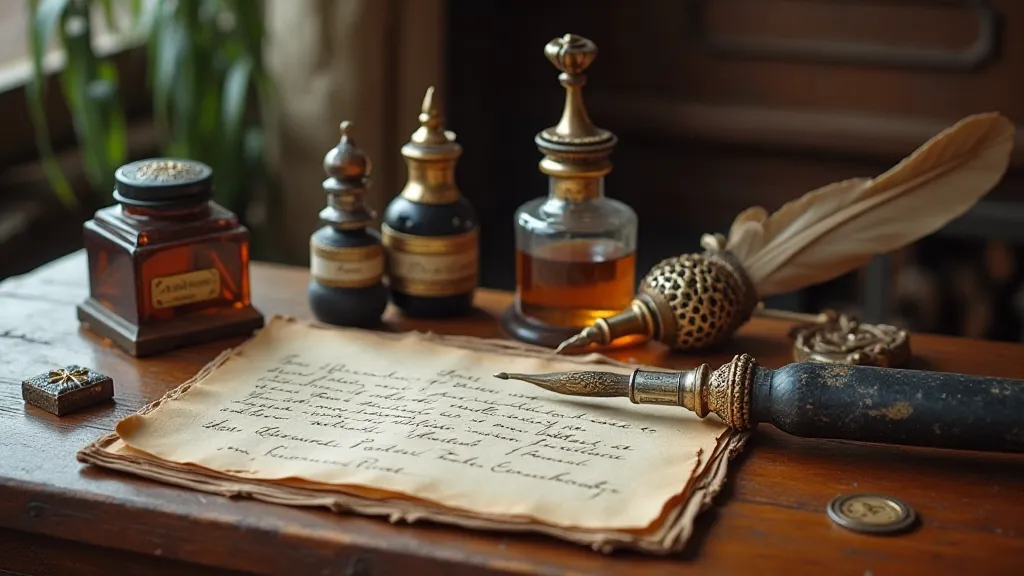
Learning to appreciate the history and the process, regardless of the outcome, allows you to connect with a tradition that spans centuries. The petrichor bloom – that scent of rain on dry earth – represents a moment of renewal, a release of pent-up energy, a celebration of the present. Similarly, embracing imperfection in left-handed calligraphy allows us to find beauty in the unexpected, to celebrate the journey over the destination, and to find our own unique voice in a world that often demands conformity. The understanding that every mark, every smudge, contributes to a larger narrative is a powerful lesson, one that transcends the art form itself and extends to all aspects of life. The challenges encountered and the solutions discovered become an integral part of the creative process, a testament to the resilience and adaptability of the human spirit. It is in these moments of imperfection, in the unexpected twists and turns of the artistic journey, that true beauty and meaning are revealed.
Beyond the technical aspects of calligraphy, there's a profound sense of connection to the past, to the generations of scribes who have honed their skills over centuries. It is a tradition that celebrates not only precision and elegance but also individuality and personal expression. Learning to appreciate the nuances of different scripts, the subtle variations in style, and the historical context behind each form deepens the appreciation for the craft as a whole. This journey of discovery not only enhances the creative process but also fosters a sense of belonging to a larger community of artisans and enthusiasts.
The true reward of left-handed calligraphy lies not in achieving perfect uniformity but in embracing the unique qualities that make each piece a reflection of the individual who created it. It is in the imperfections, the subtle asymmetries, and the unexpected flourishes that the true beauty and character of the work are revealed. It is a testament to the power of perseverance, the importance of self-acceptance, and the enduring legacy of human creativity.
